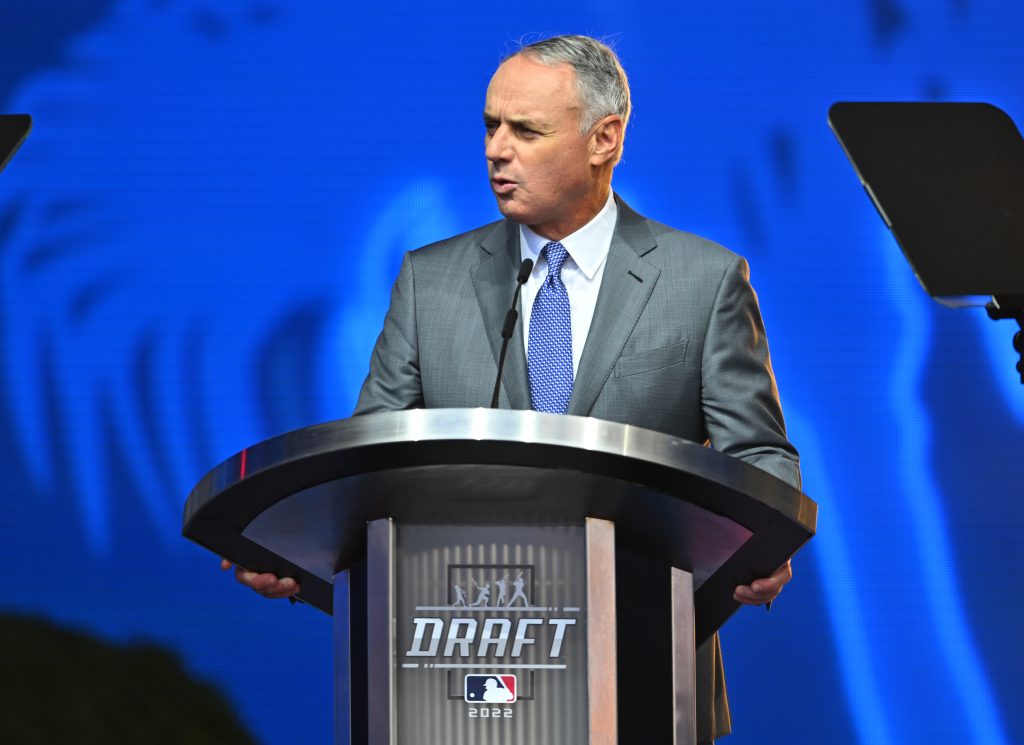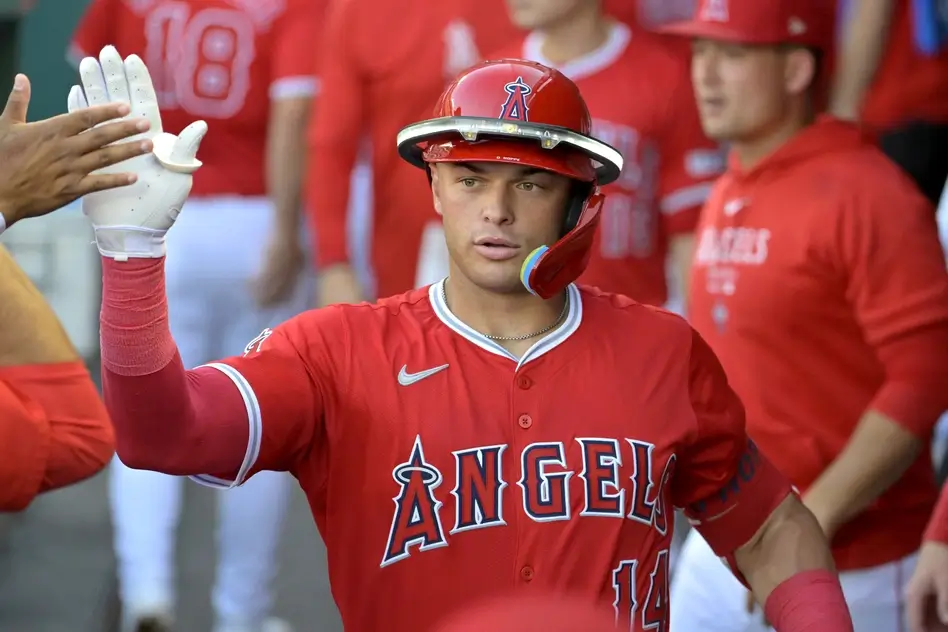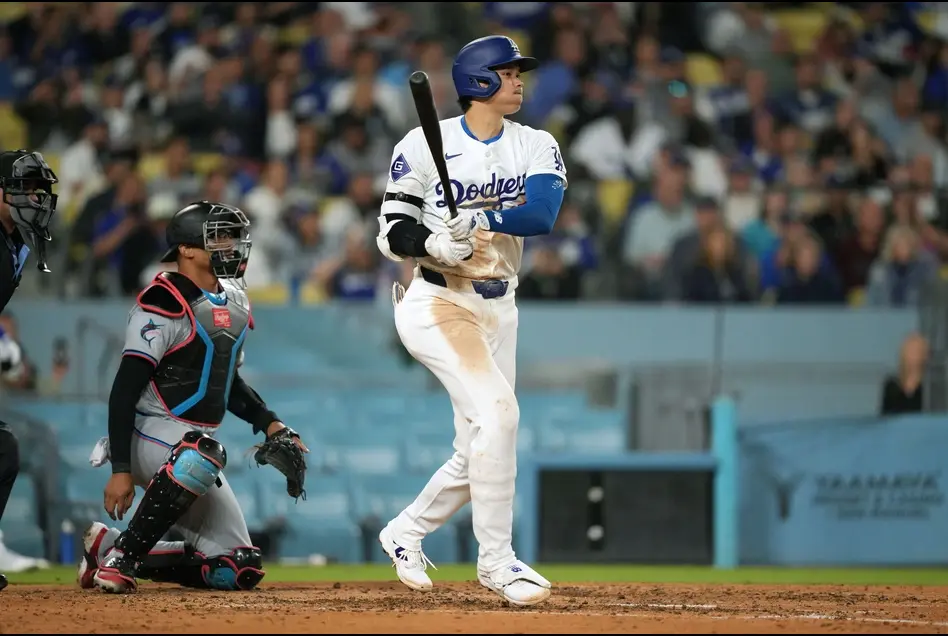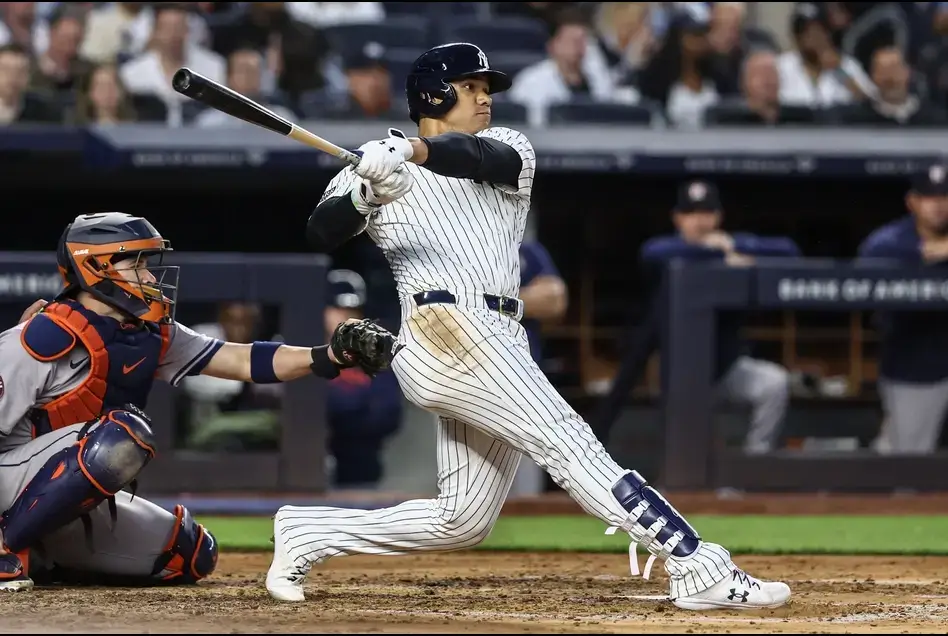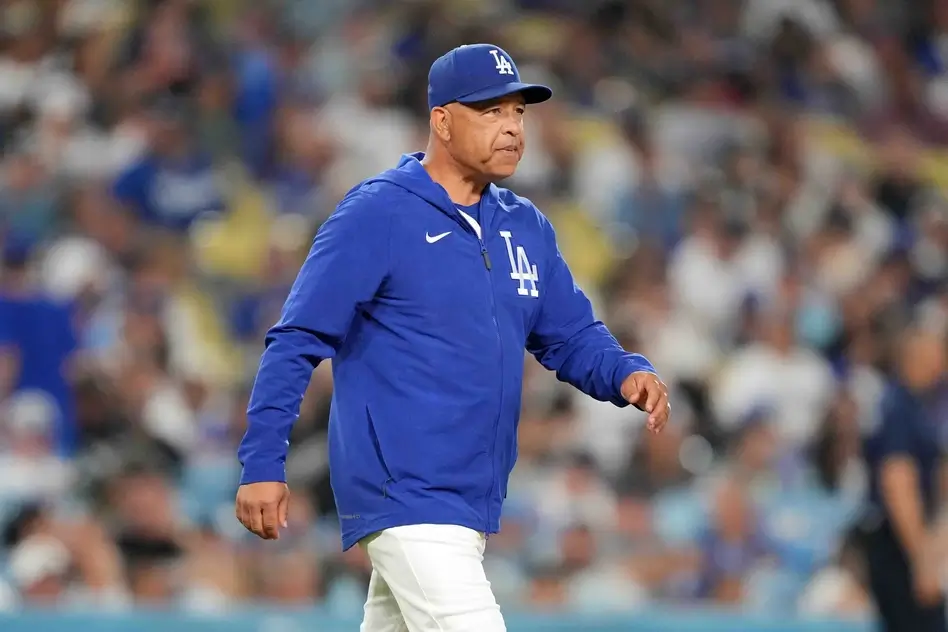Buckle up, baseball fans, because there are changes to the MLB schedule in 2023. In addition to some rule changes for 2023, MLB schedule changes in 2023 are also on the way. Unfortunately, you may have to forget most of what you knew about how the MLB schedule works. But hang with us as we provide an overview of the changes to the MLB schedule in 2023.
Changes to MLB schedule 2023 explained
Fans shouldn’t worry too much because the MLB schedule changes this season aren’t too drastic. There are still 162 games for each team. The catch is how those games will be divided out will be a little different.
To help you understand more about how things will play out for the upcoming season, let’s take a deep dive into all of the MLB schedule changes for 2023.
Fewer divisional games
Perhaps the most meaningful of the changes to the MLB schedule in 2023 is a sharp decline in the number of games teams will play against their division rivals. The previous schedule had teams playing 19 games every year against each of their four in-division foes. That was a total of 76 games inside the division, making up nearly 47% of the schedule.
That will change in 2023 with just 52 of each team’s games coming inside the division. That means just 13 head-to-head games between division rivals rather than 19 games totaling just 32% of the schedule.
Of course, 13 games against each in-division opponent still mean an imbalance between home and road games against each individual opponent. However, every team will have 26 home games and 26 road games inside the division.
Intra-league home and home
There will be minimal MLB schedule changes this season when it comes to non-division opponents from the same league. Previous seasons had 66 games dedicated to playing teams outside of your division but inside the game league.
Starting in 2023, there will be 64 games split among the 10 teams in the same league but outside of your division. This means that teams in the same league will still have a home-and-home series against every other team in the same league.
More interleague games
The biggest reason for the changes to the MLB schedule in 2023 was to create more interleague games. Rather than each team playing just 20 interleague games in a season, starting in 2023, they will play 46. Of those 46, four games will come against a team’s “natural rival.”
This means pairs like the Mets and Yankees or Cubs and White Sox or Dodgers and Angels will play two home games and two road games against the other.
However, those “natural” rivalries will be the only example of teams playing a home-and-home series against an interleague opponent.
The 42 remaining interleague games will be divided into 14 three-game series against every other team from the opposite league. In other words, the 2023 MLB schedule will guarantee that all 30 teams will play at least three games against every other team. Of the 14 non-rivals from the other league, each team will have seven series on the road and seven series at home.
The bottom line is that everyone will play everyone, just not in a home-and-home series.
Playoffs stay the same
While MLB is making changes to the regular-season schedule, the playoffs will remain the same as they were in 2022.
In addition to the division winners qualifying for the postseason, there will be three Wild Card teams from each league. Keep in mind that the two division winners with the best record in each league will receive a bye to the Divisional Round while the remaining division winner and the top Wild Card team will host the entire three-game Wild Card Series.
Why the changes
Given the recent changes to MLB’s playoff format and the fact that six teams from each league make the postseason, the changes to the MLB regular-season schedule make sense. Before MLB’s recent playoff expansion, the greatest emphasis for a team was on winning its own division.
Therefore, it made sense for nearly half of the schedule to be made up of intra-division games. But with just as many Wild Card teams reaching the postseason as division winners, that’s no longer the case.
By playing fewer games within the division, the games against non-division opponents in the same league will carry a little more weight. This will help bring a little more balance and fairness to the Wild Card race, which figures to be more competitive than some division races.
Teams will benefit a little less from being able to beat up on weaker teams within their own division. Likewise, teams that could put themselves in the hunt for a Wild Card spot won’t be hindered by playing extra games against the best team in their division, especially if there is more than one powerhouse team in a division.
In addition to opening up the Wild Card race, the MLB schedule changes are designed to increase the exposure of star players. A balanced schedule in which every team will face every team at least once will allow star players to visit every city at least once every two seasons.
In the previous setup, teams in opposite leagues might go years between playing one another, depriving fanbases of the opportunity to see star players on teams from the opposite league.
But with the schedule changes in place for 2023, there is a guarantee that every team will play at least three games against every other team. Therefore, if a star player doesn’t play in a particular road venue in 2023, they are a lock to play there in 2024, helping fans to get a better look at the best players in baseball.


